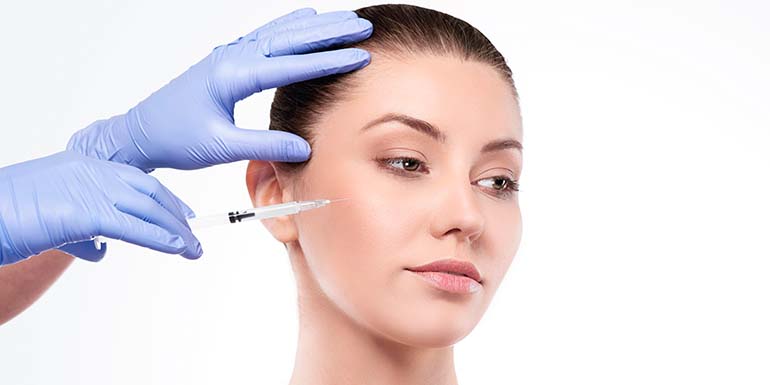
Botox has become one of the most popular cosmetic procedures worldwide, helping individuals achieve a smoother, more youthful appearance. Whether you’re considering Botox 101 for aesthetic reasons or medical benefits, it’s important to understand the procedure, its effects, and what to expect. This comprehensive guide will walk you through everything you need to know before your first Botox treatment.
Botox, which stands for Botulinum Toxin, is a neurotoxin that produces wrinkles by temporarily relaxing muscles. It has FDA approval and is frequently used to minimize the look of wrinkles and fine lines, particularly around the eyes (crow’s feet), between the eyebrows, and on the forehead. Apart from its aesthetic advantages, Botox is also used to treat a number of illnesses, such as muscular spasms, migraines, and excessive perspiration.
Botox prevents the contraction of muscles by blocking nerve impulses to the muscles. It reduces the surface of the skin by relaxing the muscles when administered in tiny, regulated doses. Botox’s effects are transient; they usually go away after three to six months, after which muscle mobility gradually returns.
You may be a good candidate for Botox if:
Before your first Botox 101 treatment, you’ll have a consultation with a licensed provider. During this session, you should discuss your goals, medical history, and any concerns you have. Your provider will examine your facial muscles and determine the best areas for injection.
To prepare for your Botox appointment:
A Botox 101 treatment is a quick, minimally invasive procedure that typically takes around 10-30 minutes. Here’s what to expect:
To ensure the best results from your Botox treatment, follow these aftercare tips:
Things to Do:
Things to Avoid:
Botox results don’t appear instantly. Most people start noticing improvements within 3-5 days, with full results visible in about 10-14 days. The treated areas will appear smoother, and fine lines will soften. Results typically last 3-6 months, depending on factors like metabolism, muscle activity, and the amount of Botox used.
Botox is generally safe when administered by a trained professional, but some side effects may occur:
Serious side effects are rare, but if you experience difficulty breathing, vision problems, or severe muscle weakness, seek medical attention immediately.
Most individuals schedule Botox 101 treatments every 3-4 months to maintain results. Over time, consistent treatments may train your muscles to contract less frequently, potentially extending the longevity of Botox effects.
Myth 1: Botox is Only for Wrinkles
Fact: While Botox is widely used for anti-aging, it also treats medical conditions like migraines, TMJ, and excessive sweating.
Myth 2: Botox Will Make You Look Frozen
Fact: When administered correctly, Botox creates a natural, refreshed appearance, not a stiff or frozen look.
Myth 3: Botox is Permanent
Fact: Botox effects are temporary, lasting a few months before wearing off.
Myth 4: Botox is Painful
Fact: Botox injections feel like a small pinch, and discomfort is minimal.
Botox is a safe and effective way to reduce wrinkles and enhance your appearance when performed by a skilled professional. If you’re considering Botox, consult with a qualified provider to discuss your goals and expectations. With proper care and a well-planned treatment schedule, you can enjoy a refreshed, youthful look while maintaining natural facial expressions.
Whether you’re interested in Botox for cosmetic reasons or medical benefits, being informed is key to achieving the best results. Now that you know what to expect, you can approach your first Botox treatment with confidence!
